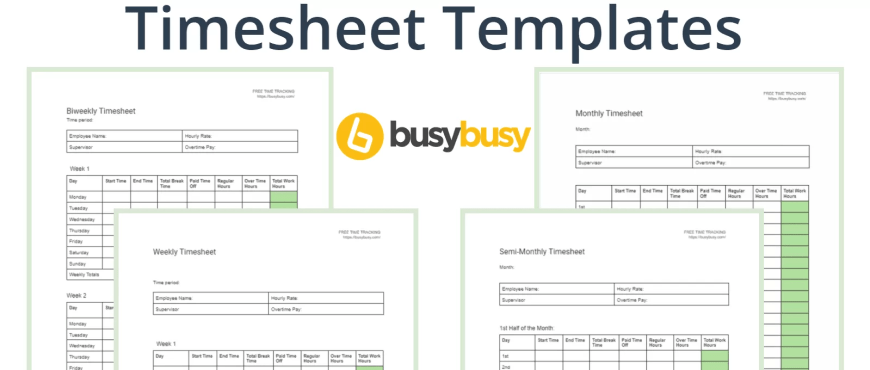
Construction workers are exposed to safety hazards while on the job almost every day. According to the Occupational Safety and Health Administration (OSHA), construction is one of the most dangerous industries in the United States, with a fatality rate that is nearly four times higher than the national average for all industries combined. OSHA violations in the workplace may lead to injuries and potentially death.
Because of the inherent risks involved in construction work, employees must know how to identify and report safety violations. By law, employers must provide a safe workplace for their employees, and employees have the right to file a complaint if they believe their workplace is unsafe.
Do you know how or when to report a safety violation you come across?
This guide to reporting OSHA violations includes:
1.1 Tips for foreman and job site supervisors on preventing injuries on a job site
1.2 “How-To” on avoiding accidents as an employee
1.3 10 most common construction accidents
2.2 What happens if you feel your job site isn’t following all safety regulations?
2.3 How to file a safety and health complaint
2.4 How to file a whistleblower complaint (protection from retaliation)
2.5 Filing OSHA complaint anonymously
2.6 Things to include in your complaint to OSHA
2.7 How soon will OSHA respond?
Improving job site safety
To ensure the safety of construction workers, supervisors, and foremen need to take proactive measures to promote a culture of safety on the jobsite. With that in mind, the following section explores some effective strategies for preventing injuries on the jobsite as a supervisor or foreman.
Preventing injuries on the jobsite as a supervisor or foreman
Foremen can help prevent job site accidents by ensuring that workers are adequately trained in safety procedures, conducting regular safety inspections, and correcting any found hazards. They can also create a safety culture by setting the right example and promoting safe work practices.
Construction companies are implementing time-tracking apps with features customized for supervisors. Foremen, supervisors, project managers, or otherwise, you are the backbone of your job site. You have a heavy load, and implementing a time tracking app helps manage time, monitor budgets, document injuries, and help crews comply with OSHA safety requirements.
Supervisors can view the injury and non-injury reports daily with busybusy’s document feature. Documenting the health of your employees and showing that there was no injury prevents false workers’ compensation claims. If you consistently have employees get their fingers smashed, you can add an extra safety video targeting recurring problems.
»Pro Tip
Browse through hundreds of Toolbox Talks that promote job site safety!
🔗 Toolbox Talks🔗
How to avoid accidents as an employee
Preventing job site accidents requires construction workers to be aware of the hazards in their work environment and take precautions to avoid them. We’ve all heard, “Rules are written in blood”. Trust your foreman; the rules are there for a reason. No one is ever too good to wear a hard hat, too fast to need a trench box, or too smart to skip safety meetings.
10 most common construction accidents
According to Fountain Law Firm, these are the top 10 construction accidents. Employees should always be cautious of:
- Falls
- Falling debris
- Electrocutions
- Explosions or burns
- Slip and falls
- Machinery accidents
- Getting trapped in between materials
- Trench or ground collapses
- Getting hit by a vehicle
- Overexertion
Filing complaints
Federal law entitles you to a safe workplace
OSHA rights for employees
Under federal law, you have the right to a safe workplace, which means your employer must take measures to ensure that your workplace is free from any known health or safety hazards. Additionally, you have the right to report any hazards you observe without fear of retaliation from your employer.
OSHA states workers are entitled to the following:
- Workplace safety and health training in a language you understand.
- Work on machines that meet safety standards.
- Required safety equipment, such as gloves or a harness and lifeline for falls.
- Protection from toxic chemicals.
- Request an OSHA inspection and speak to the inspector.
- Report an injury or illness, and obtain copies of your medical records.
- Review records of work-related injuries and illnesses.
- See the results of tests taken to identify workplace hazards.
This article provides great job site safety tips!
What happens if you feel your job site isn’t following all of the safety regulations?
Have you voiced your concerns to your employer, and you’re not seeing any changes? Or are you afraid that voicing your concern will degrade your status or even get you fired? This is when OSHA needs to get involved.
For the convenience of employees, there are a few different ways you can file a complaint- especially if you are worried about your boss’s retaliation. Here are your options:
How to file a safety and health complaint
The faster you file a report, the faster they can address the problem. If employees believe the working conditions are unsafe, you can file a complaint and request an inspection.
Here are different options for filing a safety and health complaint:
Online @ Health and Safety Complaint Form
Phone @ 1-800-321-6742 (OSHA)
Mail or Fax Health and Safety Complaint Form
How to file a whistleblower complaint (protection from retaliation)
Employers are prohibited by law from taking any retaliatory action against workers who assert their legal rights and file complaints with OSHA. Retaliation includes firing, demoting, transferring, or otherwise punishing the worker. Therefore, if you feel that you have experienced retaliation, filing a whistleblower complaint within 30 days of the alleged incident is essential.
This will allow OSHA to investigate and take appropriate action to address the retaliation, which may include compensation for lost wages or reinstatement to your former position.
To file a Whistleblower Complaint:
Online @ Whistleblower Complaint Form
Phone @ 1-800-321-6742 (OSHA)
Mail or Fax Whistleblower Complaint Form
Filing OSHA complaint anonymously
You may request to keep your identity anonymous if you have a complaint. However, there is no guarantee that your request will be honored and that your identity will remain confidential. Once again, it is important to understand that while you may request to remain anonymous, there is no guarantee that it will be respected.
Things to include in your complaint to OSHA
- Hazard/Safety violation
- Be specific- instead of ‘Unsafely transporting equipment,’ try, ‘We aren’t supplied with enough chains and boomers to chain down equipment properly’
- Date of occurrence and reoccurrences
- Other employees that are at risk
- Pictures (if applicable)
- Your signature
- If you feel the need, you can specifically request an on-site inspection
How soon will OSHA respond?
Once OSHA receives a complaint, they rank its priority. High-priority complaints can include
- An immediate danger that can result in serious injuries or death
- Reoccurring hazards that are causing physical harm
- More than one complaint about the exact operation
OSHA can perform an on-site investigation or notify and address the complaint through a letter or fax.
Workers’ compensation
What happens if an employee is injured?
Employees receive workers’ compensation when injured or ill due to their job. Workers’ compensation is a form of insurance employers must provide. It provides benefits to workers who are injured on the job or who develop work-related illnesses.
To receive workers’ compensation benefits, employees typically need to report their injury or illness to their employer and file a claim with their state’s workers’ compensation agency. Benefits may include payment for medical expenses, lost wages, and disability or rehabilitation services.
When can you claim workers’ compensation?
Unfortunately, not every state sees eye to eye on this one. Most states have two deadlines to qualify.
The first is a written injury report to your employer; the second is a deadline for filing the claim to receive benefits. States range from telling your employer ASAP to up to two years after the accident! Know what your state requires.
As an employer, it is important that you have good data and that your employees are signing off on a regular basis. Nobody wants a disgruntled ex-employee to file a claim two years down the road. Employee safety sign-offs cover your ass and take the liability off of you as the employer.
Conclusion
Working in a construction field doesn’t strip your rights to a safe environment.
Construction workers have a right to safe working conditions, and OSHA is available to help meet these safety standards. If you see any safety violations in your workplace, report them immediately to address the issue as quickly as possible. Taking these necessary precautions can help keep construction workers safe and injury-free.











